Pablo Escobar, born on December 1, 1949, in Rionegro, Colombia, is perhaps the most infamous drug lord in history. His life story is a complex tapestry woven with ambition, violence, philanthropy, and tragedy. Escobar’s rise to power transformed the global drug trade, particularly in cocaine, while his reign left a lasting impact on Colombia and the world. This account delves into Escobar’s early life, his ascent in the drug trade, the violent conflicts he instigated, his eventual downfall, and the enduring legacy of his actions.
Early Life: Roots of a Criminal Mind
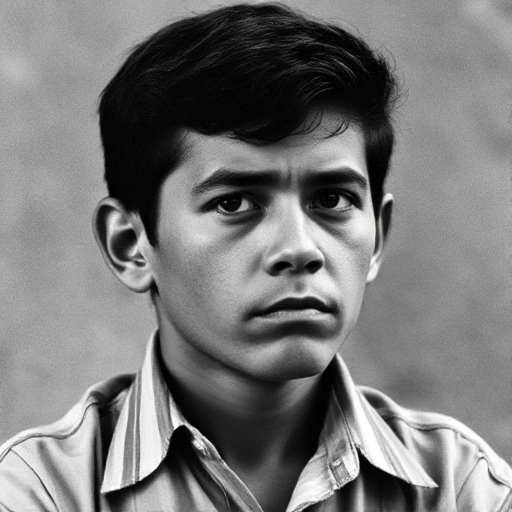
Escobar was born into a humble family; his father was a farmer, and his mother a schoolteacher. The family moved to Medellín when he was young, where he experienced the struggles of poverty firsthand. From an early age, Escobar displayed an entrepreneurial spirit, engaging in petty crimes to earn money. He sold contraband cigarettes and later ventured into more lucrative illegal activities, including the sale of stolen cars.
Escobar’s education was interrupted when he dropped out of school, but he was known for his intelligence and charisma. He was deeply influenced by the socio-political climate of Colombia during his youth, particularly the growing inequality and the influence of the elite class. This background laid the groundwork for his future ambitions and the methods he would employ to achieve them.
Rise to Power: The Formation of the Medellín Cartel
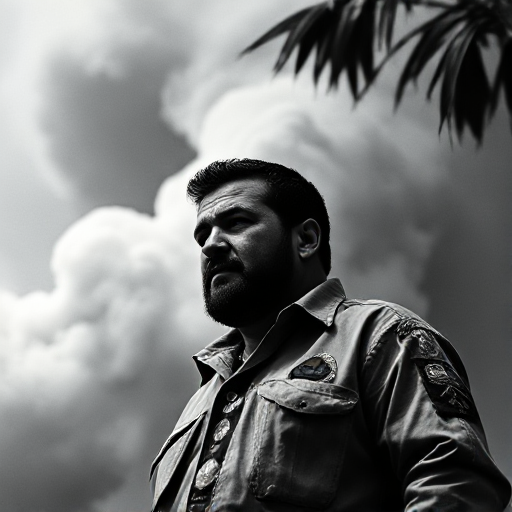
The Shift to Cocaine
In the late 1970s, Escobar co-founded the Medellín Cartel, initially involved in smuggling marijuana. However, as the demand for cocaine surged in the United States, the cartel shifted its focus. By the 1980s, the Medellín Cartel was responsible for exporting around 80% of the cocaine entering the U.S., making Escobar one of the richest men in the world.
Ruthless Tactics and Expansion
Escobar’s rise was marked by ruthless tactics. He used bribery and violence to eliminate competition and expand his empire. His ability to navigate the complex political landscape of Colombia was crucial to his success. He cultivated relationships with corrupt officials, law enforcement, and politicians, ensuring that his operations faced little interference.
Escobar’s wealth allowed him to exert significant influence over Colombian society and politics. He funded social projects, built schools, and provided housing for the poor in Medellín, earning him a level of support among local communities. Many viewed him as a benefactor, complicating the narrative surrounding his criminal activities.
The Dark Side: Violence and Conflict
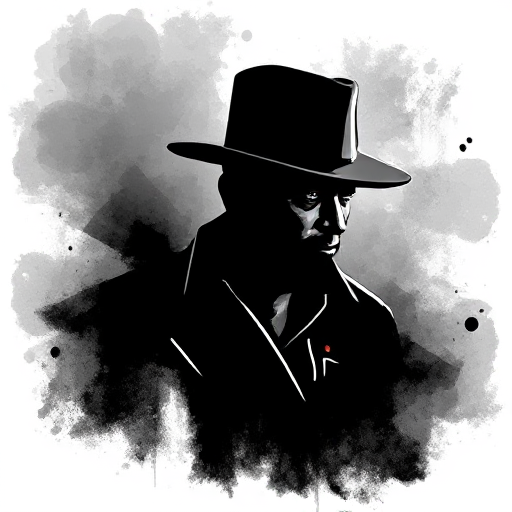
Escalation of Violence
Escobar’s reign was marked by extreme violence. He was responsible for thousands of deaths, including politicians, law enforcement officials, and innocent civilians. His tactics included bombings, assassinations, and bribery, creating a climate of fear in Colombia. The violence escalated as rival cartels emerged, leading to a brutal turf war for control over the lucrative cocaine trade.
One of the most notorious incidents was the bombing of Avianca Flight 203 in 1989, which killed 107 people. This act drew international condemnation and intensified the government’s resolve to bring him to justice. Escobar’s violent tactics reached new heights as he ordered the assassination of high-profile political figures, including presidential candidates.
The Formation of Los Extraditables
In response to mounting pressure from the U.S. government for extradition, Escobar and his associates formed a group known as “Los Extraditables.” This group was dedicated to combating extradition to the United States, believing that if they were extradited, they would face severe punishment. They used violence and intimidation to influence Colombian politicians and public opinion against extradition, resulting in a temporary halt to extradition treaties between Colombia and the U.S.
The Turning Point: Government Response
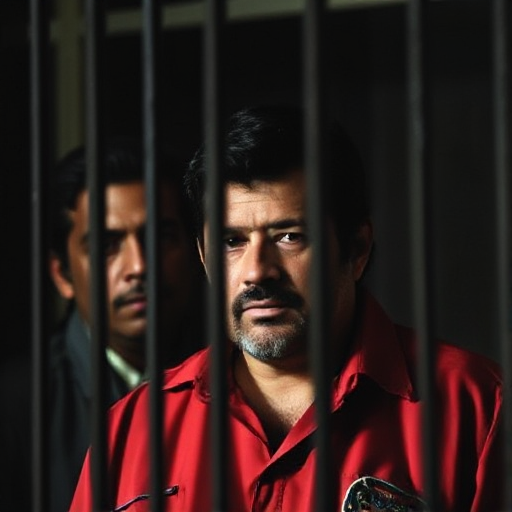
A Coordinated Effort
The Colombian government, backed by the United States, launched a concerted effort to dismantle the Medellín Cartel. This led to a violent conflict known as the “Colombian Drug War.” Escobar’s ability to evade capture for years fueled his notoriety and further entrenched his power.
In 1991, Escobar surrendered to authorities in a deal that allowed him to serve time in a luxurious prison he built himself, known as “La Catedral.” This prison was more of a resort than a correctional facility, complete with a soccer field, a bar, and even a nightclub. However, Escobar continued to run his drug empire from behind bars, maintaining control over his operations.
The Escape and Manhunt
After a year, the government decided to move him to a regular prison, fearing that he was still orchestrating criminal activities. This decision led to his dramatic escape in July 1992, further complicating the efforts to capture him.
The Colombian government, with the assistance of the United States, launched Operation Search Bloc, a coordinated effort to locate and apprehend him. The hunt for Escobar became a national obsession, with law enforcement agencies employing all available resources.
The Final Days: Capture and Death
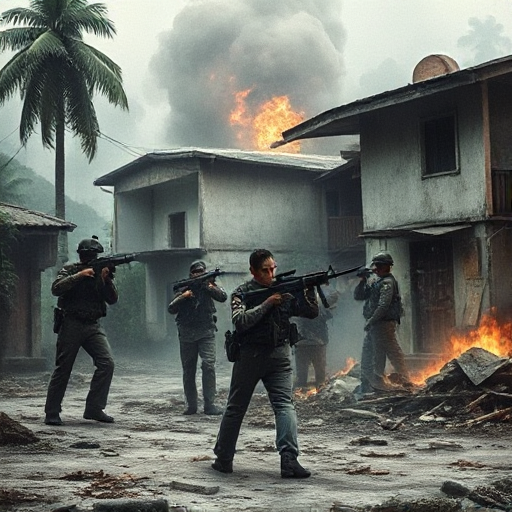
The Climactic Showdown
On December 2, 1993, Escobar was located in a Medellín neighborhood by Colombian National Police, aided by U.S. intelligence. In a fierce gun battle, Escobar was killed, ending his reign of terror. His death marked a significant turning point in the Colombian drug trade, leading to the fragmentation of the Medellín Cartel and the rise of other cartels, such as the Cali Cartel.
Aftermath and Continued Violence
Despite Escobar’s death, the violence did not end; it merely shifted to different players within the drug trade. The power vacuum left by his death led to increased competition among drug traffickers, resulting in further violence and instability in Colombia. The drug trade continued to flourish, with new cartels emerging to fill the void left by the Medellín Cartel.
Legacy: A Complex Impact
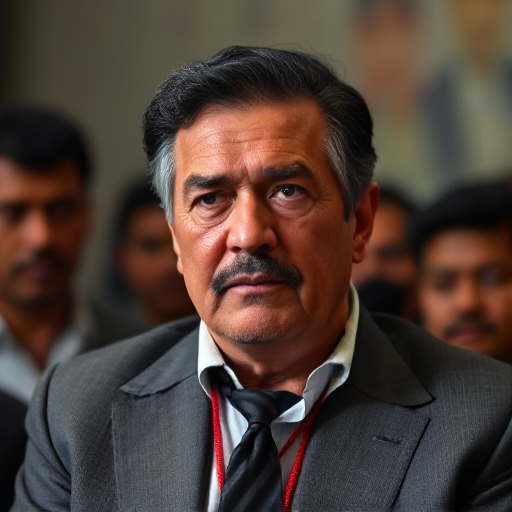
Philanthropy vs. Violence
Pablo Escobar’s life left a profound impact on Colombia and the world. While he is remembered for his wealth and philanthropy, his legacy is overshadowed by the violence and chaos he unleashed. The Medellín Cartel’s influence on the drug trade reshaped international drug policies and law enforcement strategies.
Escobar’s philanthropic efforts were strategic; they helped create a buffer against the backlash from the government and law enforcement. Many Colombians saw him as a benefactor who cared for the underprivileged, complicating the narrative surrounding his criminal activities.
Cultural Impact
Escobar’s story has been depicted in various films, documentaries, and television series, highlighting both his criminal exploits and the societal issues surrounding drug trafficking. The Netflix series “Narcos” brought renewed attention to his life and the complexities of the drug trade, portraying him as both a villain and a complex character shaped by his environment.
Societal Effects
The violence and corruption associated with Escobar’s reign had long-lasting effects on Colombian society. Communities were torn apart by drug-related violence, and the political landscape was forever altered. The fear instilled by Escobar and his associates contributed to a culture of silence and complicity, making it difficult for law enforcement to combat drug trafficking effectively.
Despite the challenges, Colombia has made significant strides in addressing the issues stemming from the drug trade. The government has implemented various strategies to combat drug trafficking, focusing on social programs aimed at reducing poverty and providing alternatives to drug cultivation.
The Continued Influence of Drug Cartels
Even after Escobar’s death, the drug trade in Colombia continued to thrive. New cartels emerged, and the methods of trafficking evolved. The rise of synthetic drugs and the globalization of the drug trade have created new challenges for law enforcement agencies worldwide.
The legacy of Pablo Escobar serves as a reminder of the complexities of the drug trade and the socio-economic factors that contribute to its persistence. His life story encapsulates the struggle between crime and governance, wealth and poverty, and the ongoing battle against corruption.
The Incidents That Defined Escobar’s Reign
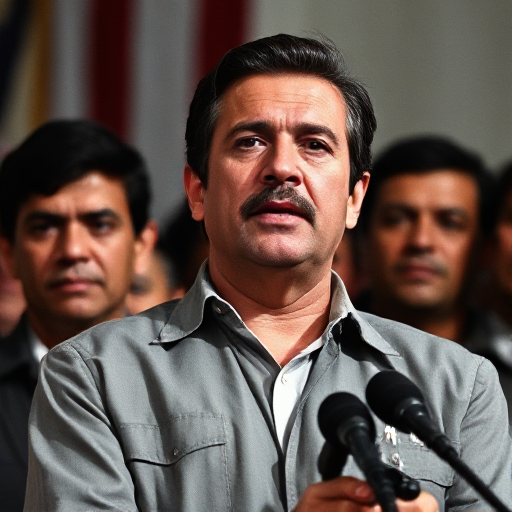
The Assassination of Luis Carlos Galán
One of the most shocking incidents during Escobar’s reign was the assassination of Luis Carlos Galán, a presidential candidate who opposed drug trafficking and called for extradition treaties with the U.S. On August 18, 1989, Galán was shot and killed during a campaign rally. His assassination sent shockwaves through Colombia and highlighted the lengths to which Escobar would go to protect his empire.
The Bombing of the DAS Headquarters
In 1989, Escobar ordered the bombing of the Administrative Security Department (DAS) headquarters in Bogotá, resulting in the deaths of dozens and injuring hundreds. This attack was a direct response to the government’s crackdown on his operations and showcased the brutality of his tactics.
The Killing of Innocents
Escobar’s reign was marked by a disregard for human life. In addition to targeting political figures, he was responsible for the deaths of countless innocents. The bombing of a shopping mall in Bogotá in 1993, which killed over 20 people, exemplified the collateral damage of his violent campaign against the state.
Conclusion
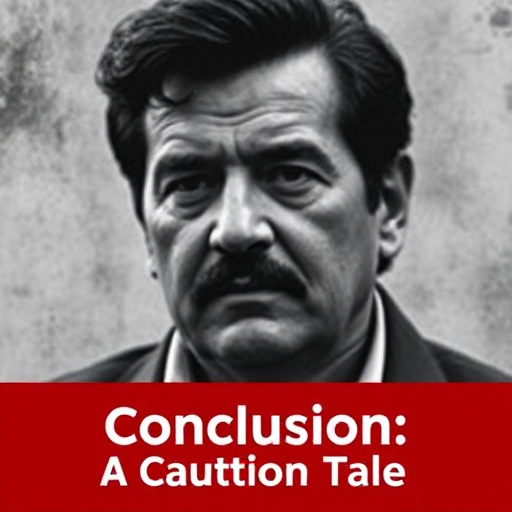
Pablo Escobar’s story is one of ambition, violence, and tragedy. While he rose from humble beginnings to become a global icon of crime, his legacy serves as a reminder of the devastating impact of the drug trade on individuals, families, and nations. The lessons learned from his life continue to resonate in discussions about drug policy, crime, and social justice in Colombia and beyond.
As Colombia continues to grapple with the aftermath of Escobar’s reign, the need for comprehensive solutions to drug trafficking and its associated violence remains critical. Understanding the complexities of Escobar’s life and the socio-political landscape of Colombia is essential for addressing the ongoing challenges posed by the drug trade. The story of Pablo Escobar is not just a tale of a drug lord; it is a reflection of a society struggling to find balance amidst chaos and corruption.
In the end, Escobar’s life serves as a cautionary tale about the allure of power and wealth, and the devastating consequences that can arise from a relentless pursuit of both. His legacy is a stark reminder of the complexities of human nature and the societal conditions that can lead individuals down a path of destruction.


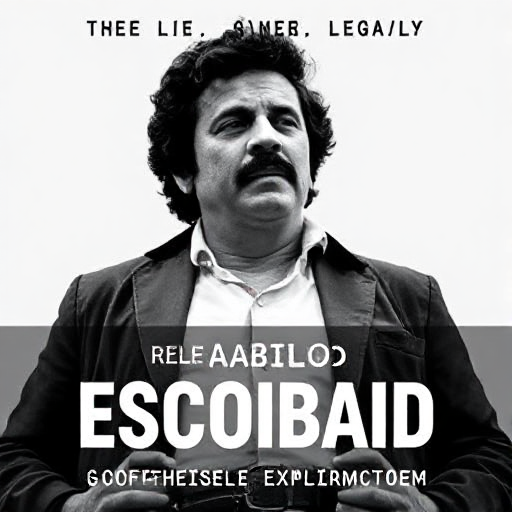
2 thoughts on “THE LIFE AND LEGACY OF PABLO ESCOBAR: A COMPREHENSIVE EXPLORATION”